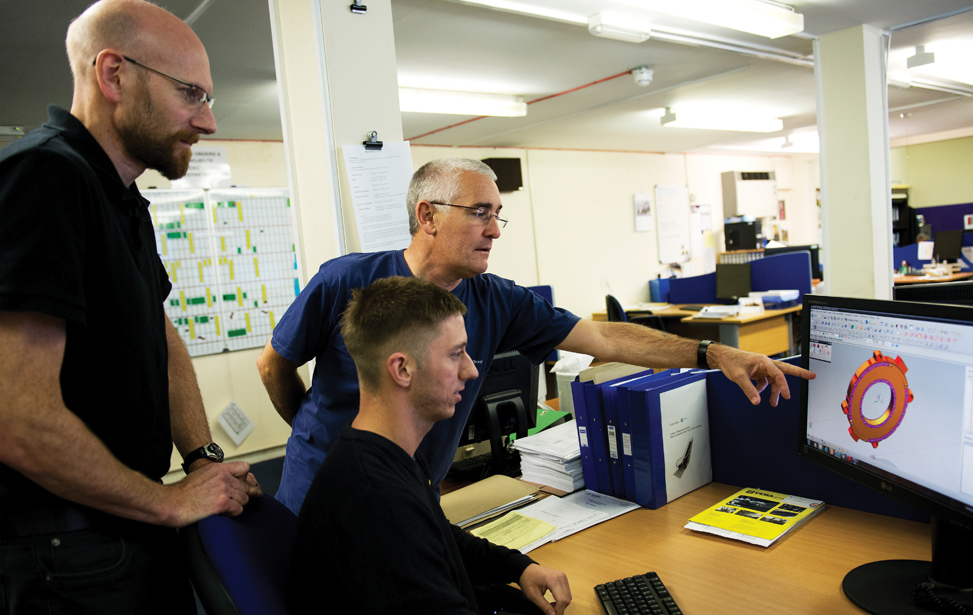
Meeting the Challenge of Global Logistics and Support for Large Power Transmission Projects
“The key to supplying and supporting large, operationally critical
power transmission equipment on a global basis is a combination of
experience, planning and having the right people available on-site
virtually anywhere in the world,” says Neil Wright, managing director
of Wichita Clutch.
Wichita is part of the Altra Industrial Motion group, which
manufactures and supplies a large range of industrial clutches, brakes,
couplings and geared motors. As such it can provide valuable insight
into how to deliver and support these sometimes huge and usually
operationally critical items of plant equipment.
Wright, who is also the managing director of Twiflex Limited,
comments on where to locate stock; if point of manufacture matters;
what to consider when shipping; and how to manage commissioning
and local support. “There are several criteria which come into play
when supplying large items of power transmission equipment on a
global basis. The ability to both deliver and provide effective technical
support for a large item of plant equipment, anywhere in the world,
is critical to success. The performance of a supplier on an ongoing
basis is also crucial to maintaining a positive working relationship and
helping to achieve the customer’s objectives, whether that is to lay a
cable across the Atlantic, commission an oil rig, produce steel or even
make an island – all of which are applications where Wichita clutches
can be found.”
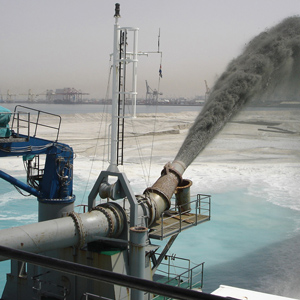
When you manufacture a niche product, the knowledge and
machines required to design and manufacture each item, often to a
custom specification, have to be concentrated in a limited number of
locations. “This means that we have to be highly proficient with our
distribution and delivery network, which is why we have a department
dedicated to world-wide logistics and have done so for over 50 years.
Paperwork requirements vary wildly depending on final destination, so
it is essential for us to have continuity in that department, to learn the
most effective ways of doing business and to continue to build-up our
cache of local knowledge,” adds Wright. “When handling paperwork,
communication and coordinating after sales support on a global basis
it is essential to have local sales offices in every major country that we
sell to. It has been a strategic focus for Altra to have a global network
of sales offices across North America, South America, Europe and
Asia and therefore it is likely that direct after sales support, from a
local speaking national, is never far away.
“For commissioning we predominantly use our own people to
complete or oversee a build; we have teams that are trained to handle
our products and can travel to most locations in the world. We also
have international support engineers that can be deployed locally on
all the major continents. We find that having our own people on-site
means that we can work more efficiently and any questions can be
answered and issues addressed immediately.”
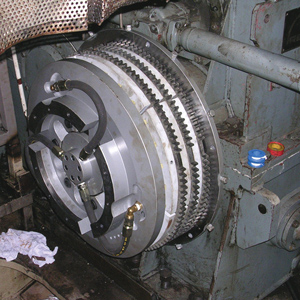
When selling smaller, more standardized or commodity based
items of power transmission equipment, in-country distribution
partners and third party sales support make perfect sense. However,
when you are dealing with high-value capital pieces of equipment,
where each application is different in some way, then there are
too many variables to leave the task to someone who isn’t a
total specialist. A good way to illustrate how the organization
accommodates both sales and ongoing support is to look at a typical
example: Wichita recently designed, manufactured and delivered a
large 42” Wichita MSV series marine clutch for a dredging ship. “We
have supplied several large clutches to dredging ships before, so there
was a degree of accumulated knowledge within the company on this
type of application. This one, however, was larger than anything we
had produced before,” Wright said.
The clutch couples a three-speed gearbox to a large on-board
pump, which is used to provide suction to a trailing hopper that
takes-up the river or sea bed and stores it in the ship’s hold. It then
changes its operation and is used to empty the hold, either to build-up
banks or disperse the material. “Our direct customer is the gearbox
manufacturer, so we first started to speak to them about the design
and specification of the entire application. In this instance this was
the largest version of this arrangement ever produced so it involved us
designing a bespoke clutch to meet the specifications of this project.
Whether a project is large or small, most products with this type
of large power transmission system are custom manufactured to a
greater or lesser degree; though often based on an existing design.
Proper consultation is absolutely essential and, if we are designing to
a specification, then it is always best if we can be involved in forming
that specification,” Wright said.
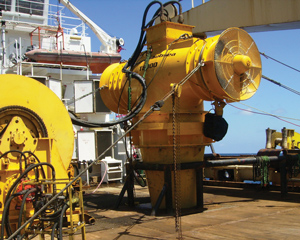
Being involved in the design process from the outset is a good
example of how the organization works around producing a large
piece of custom PT equipment. “We know that we have to be able to
provide engineering input from an early stage and commit engineering
and design resources to the project before we even start planning
the design of the clutch itself. This carries a large overhead, as does
maintaining our own logistics teams and commissioning engineers,
but it also ensures we are profitable by avoiding the pitfalls of
misspecification and out of sequence deliveries.”
Once the design and specification process is complete, the
company then designs and manufactures the clutch. In the case of
the dredger mentioned above, the gearbox assembly will be supplied
to the shipyard for integration into the ship, which means supplying
essentially a collection of parts to the shipyard. “We will provide an
engineer/project manager to oversee the assembly and construction
of the clutch and then observe the sea trials to make absolutely sure
the equipment is performing as expected,” Wright added. “To many
companies this may look like overkill, but there are so many variables
in a bespoke build of this scale that we find being on-site means we
can react to any potential issues as, or even before, they arise. This
helps to minimize any potential problems and ensures the project stays
on track for our customer. We also go through a thorough check and
sign-off process to make sure we are satisfied that the application is
working to its operating parameters.”
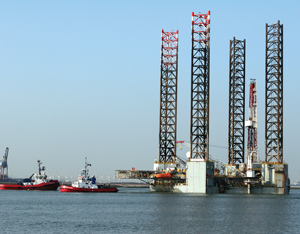
“The alternative to these checks can be far more difficult and
costly. If we are called to look at an issue which arises while a ship
or rig is in service, then this can involve flying out engineers (and
sometimes tools and parts) to remote parts of the world, finding
connecting transport and then possibly helicopter flights out to the
vessel itself. Of course our operatives are fully-trained for such an
eventuality, from basic site safety through to working in offshore
environments, but if we can catch a problem prior to deployment
then that is obviously preferable. Often we find that the root cause
is not connected with the clutch, but our primary concern is to help
resolve the problem. “When required by our customers we can apply
a structured problem solving approach, such as ‘8D,”’ to resolve
problems. Using this process we look to identify, correct and eliminate
any recurring problems. It then allows us to establish a permanent
corrective action based on analysis of the problem; focusing on the
origin of the problem and determining its root causes. It is this kind
of commitment and attention to detail that we find leads to repeat
business – you have to be able to trust and rely on your suppliers,
after all.
“Large power transmission projects tend to be by their very
nature unsuitable for ‘catalogue solutions’. Our expertise in such
applications allows us to add value to the design process: we work
with design engineering departments and help to integrate our CAD
models with those of the customer so it is possible to drop them
straight into the design. This early partnership saves time and reduces
project costs before metal is cut.
“Every company works differently, but when selling and
supporting heavy duty clutch and brake products throughout the
world, we have developed a model that works for our customers. It is
a ‘belt and braces’ approach, as we would say in the U.K. -applying
engineers early in the process, taking care of the logistics internally
and providing sales and support engineers throughout the world
(covering China, Russia, Europe, Asia and the Americas) to look
after projects directly - but it results in us being an efficient, reliable
supplier in a market that has little or no margin for error.”